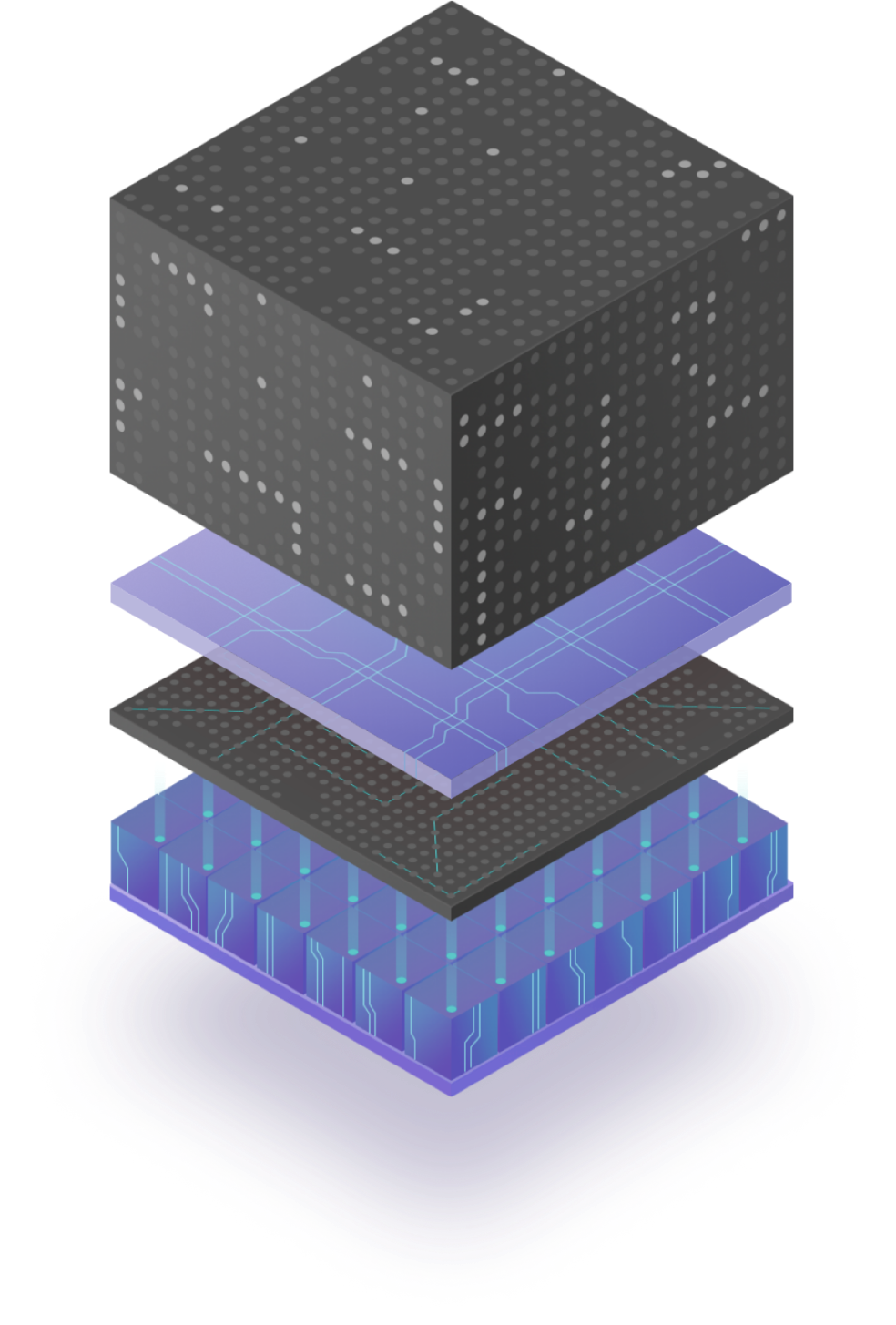Limitless Scaling
The Internet Computer (IC) can scale its capacity without limit, simply by adding additional nodes to fuel new subnets. Nodes are added via the Network Nervous System (NNS) which forms new subnets almost on a weekly basis since genesis. In contrast, most other blockchains have transaction limits baked into the protocol (e.g. adding more servers to Bitcoin does not increase its transaction volume) and need cumbersome layers to address scaling.


How It Works
See Internet Computer Dashboard to see the scale of the IC.
Subnet Architecture
The Internet Computer Protocol is running on standardized node hardware in independent data centers around the world. The Network Nervous System governance system, scales the network by combining nodes from different data centers to spin up new subnet blockchains.
The Internet Computer's partitioning into subnet blockchains is what allows the network to infinitely scale. Each subnet blockchain is capable of processing update and query calls independently from other subnets. This means that the entire network can easily be scaled by simply adding more subnets to the network. For update calls that need to be processed on every node, this method of scaling the network can ensure that more update calls are processed per second. The Internet Computer is capable of adding hundreds of new subnets via the NNS.
For query calls, however, scalability can simply be achieved by adding more nodes to a subnet because these calls are processed locally on one node. The network is capable of adding thousands of new nodes in its current state. The addition of more nodes and subnets to the network ensures web speed and infinite scalability.
Chain Key Cryptography
The key to scalability is chain key cryptography: it gives the Internet Computer a single 48-byte public key. This single public key allows anyone to verify a response to an update call, no matter which subnet has computed it and which node has transmitted it. More importantly, the single public key enables subnets to directly communicate in a secure and reliable way. Both are essential to scale to thousands of subnets.
Finality and Consensus
The IC's novel consensus mechanism also plays a key role in the network's ability to scale. Internet Computer Consensus (ICC) consists of four different layers that create candidate blocks, identify valid blocks, rank block makers, and then finalize the agreed upon blocks. The blockchain's asynchronous finalization mechanism is impressively fast, ensuring that the finality for new blocks is achieved in under two seconds on average on the NNS subnet, and 1 second on dapp subnets.
This contributes to the IC's resilience. Additionally, unlike legacy blockchains, the IC has no nodes hosted by cloud providers which helps to ensure that the network is tamper-proof, secure, and stable.
Build fast dapps. Quickly.
Get started today.
Deploy a 'Hello World' Dapp in 10 Minutes
Get started with your first IC dapp
Build dapps with the language of your choice
Install SDKs to build dapps.
Sample Code
Learn about IC capabilities from community samples.
'Limitless Scaling' article on the IC Wiki
Take a deep dive into the Internet Computer's scaling.